From peer-to-peer platforms to crowd delivery, there are several companies attempting to shake up the traditional delivery models.
Ask any retail boss what keeps them awake at night and delivery is undoubtedly a culprit.
Their connected customers are shopping ruthlessly on and offline and where they ultimately spend their money hinges on how they receive purchases.
Shoppers inhabit a world where next-day delivery is sometimes too slow and home deliveries are occasionally inconvenient.
For retailers, traditional delivery methods can be costly, complex to manage and fall short of consumer demands.
But delivery inertia may be catastrophic for retailers that stand still, while disruptors march on at an unbridled pace. Retailers must work hard to adapt groaning legacy systems and mastermind strategies to stay relevant in the face of this consumer-driven delivery revolution.
“The way people want to be united with their products goes beyond convenience. Consumers expect to receive goods in increasingly personalised ways”
The way people want to be united with their products goes beyond convenience. Consumers expect to receive goods in increasingly personalised ways.
And, if a retailer doesn’t offer the delivery service they require, customers will take their business elsewhere.
The influx of entrepreneurial companies taking the delivery market by storm is extensive. In this post we consider three companies pioneering ground-breaking delivery models and considers what this means for the retail industry.
Nimber
Norway-based Nimber is enabling digitally empowered consumers to take delivery into their own hands.
Connecting people with something to send, with those who are already travelling that way – be it by car, bus or train – Nimber negates the need for a professional carrier. And in the dawning age of the share economy, where people are increasingly comfortable with sharing, selling or re-using assets such as travel and parking, peer-to-peer delivery companies are thriving.
Users simply go online to input details of the parcel being sent, indicating the package size and the ‘to and from’ destinations and the delivery offers hopefully roll in.
The peer-to-peer business model is well suited to the enhanced sense of community that prolific interaction via social media has nurtured.
Uber
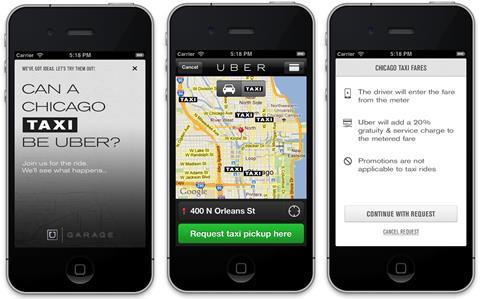
Uber is no stranger to swimming against the tide. It has already set the cat among the pigeons with its GPS-powered taxi-hailing app, disrupting taxi operations as we know them by not directly employing drivers or owning vehicles.
And now the San Fransisco-based company, which was founded six years ago and operates in 60 countries, is poised to take the delivery market by storm. In fact, it has already begun testing the waters outside the UK.
In the US, experimental delivery service UberRush allows app users to find Uber partners on bike or on foot to take products from A to B. Consumers can track the exact location of their delivery and share the live map with others.
Uber has made a name for itself in a relatively short space of time and, clearly buoyed by its initial success, the company bosses are trying out new services, with delivery firmly on the agenda.
Sendy
Sendy is blazing a trail in peer-to-peer delivery, with its use of advanced technologies to help clinch consumer confidence.
With a handy mobile app at their fingertips, Sendy users are able to connect with people travelling the same route as their parcel. Without operating a fleet of trucks, vans or other logistical elements, Sendy relies on non-professionals who receive payment to transport parcels along the path they are already treading.
For retailers feeling the strain of delivery and failed delivery costs, Sendy could provide a solution.






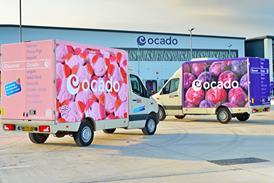




![Ollie Pryor[46]](https://d53bpfpeyyyn7.cloudfront.net/Pictures/274x183/1/7/1/3119171_olliepryor46_336332_crop.jpg)

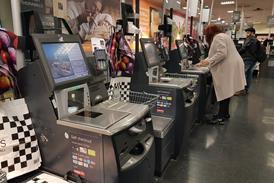









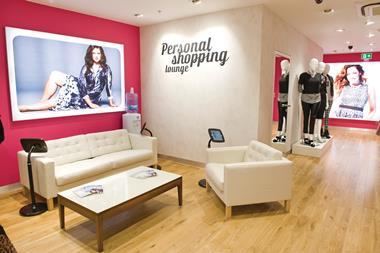
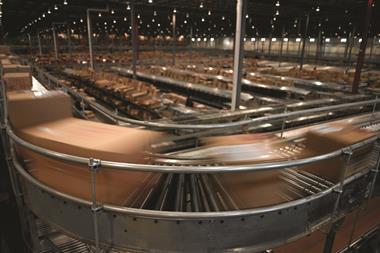
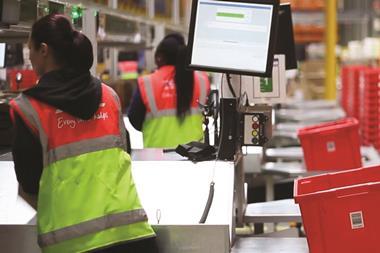
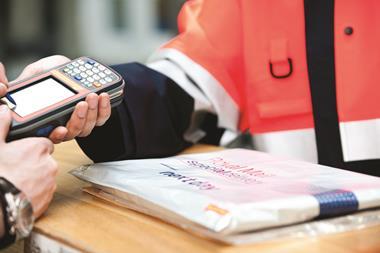
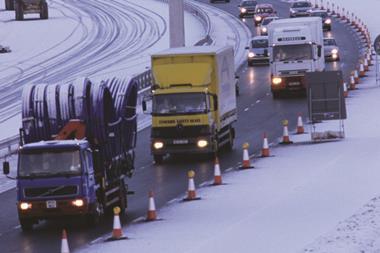
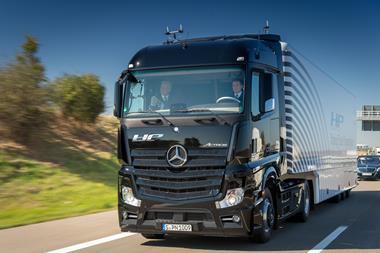
No comments yet